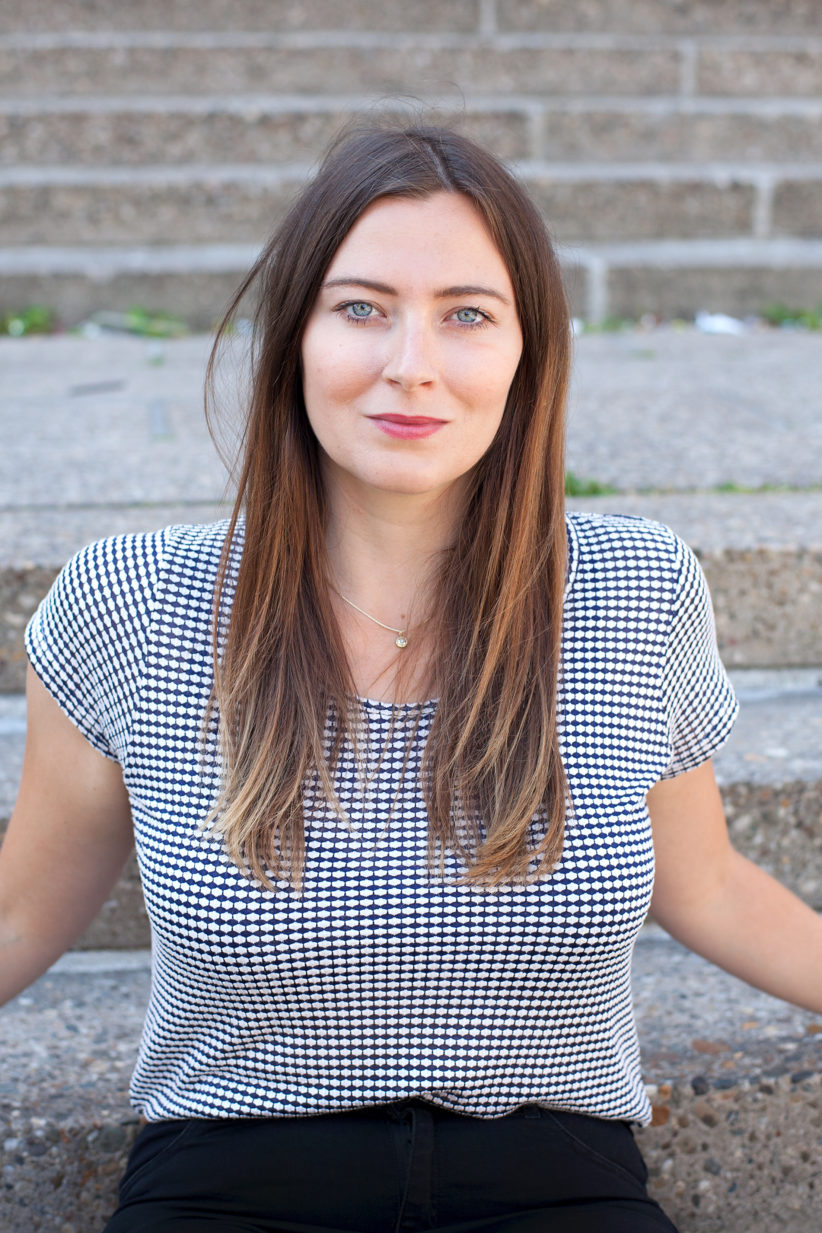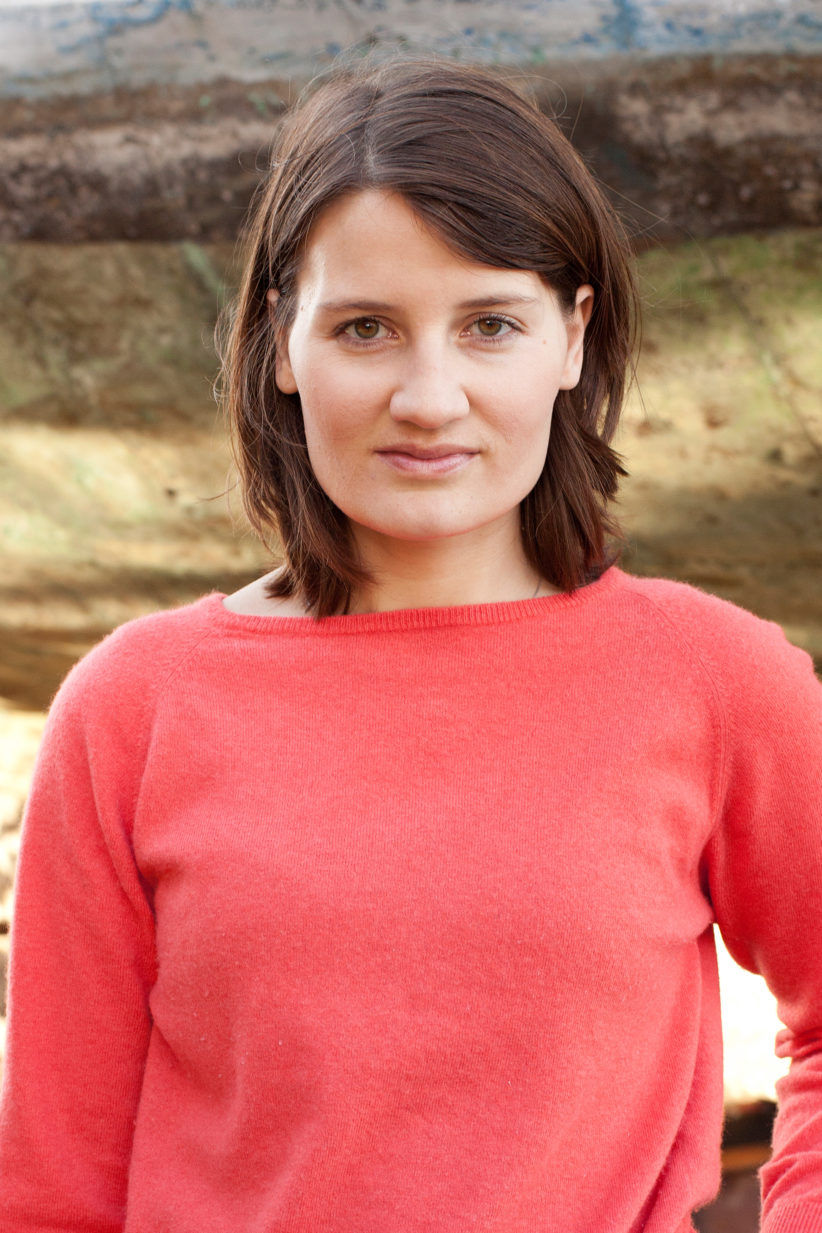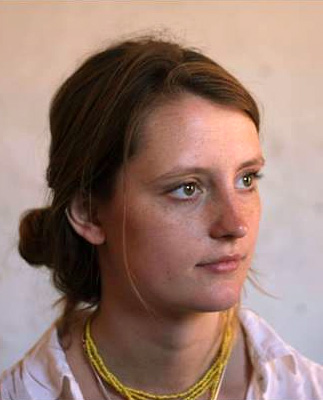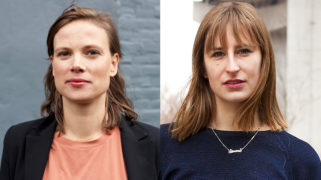Copyright & education: innovation made difficult
High-quality education is fundamental for an innovative society. To accomplish this, a permanent dialogue is needed between the educational field, developers of learning materials, government, and society. Many projects that aim to foster innovations in education are isolated from daily educational practices. However, if we actually want to empower the learning and creative capacity of students, teachers and schools, experimentation and innovation should be a role that is prioritised in teachers and school leaders, as well as part of the policy of the educational institution.
As a ‘think-and-do tank’ for social innovation, we approach education innovation in different ways++Education pioneersSee for example our case about teachers as education pioneers., but a common theme we’ve adopted is to throw out any reliance on a one-size-fits-all view of education. What is required is an educational system that looks at a student as a unique individual, with specific educational needs. One current trend to accomplish this is personalised learning. Interestingly, the implementation of this modern approach is made difficult by old-fashioned copyright. In this post we take a look at personalised learning and describe how it works from a practitioner’s perspective. Furthermore, we examine how we can create a safe legal environment to enable the use of digital learning materials from different sources across Europe.
Personalised learning: opportunities and challenges
Every child has a right to education that is challenging and stimulates his or her talents. This works best when the educational lessons are tailored to the individual learner, since this is the best way to address his or her needs, interests, talents and preferred learning style. In order to achieve a more learner-centered approach — that is, tailored to students instead of teachers — educators need to use digital and adaptive learning materials in the classroom. Furthermore, the use of learning analytics (teacher friendly statistics of digital student data) helps to keep better track of student performance and to set new goals. Therefore, teachers need to take on more of a coaching or guiding role in the classroom, rather than that they are merely dispensersEvery child has a right to education that is challenging and stimulates his or her talents. of knowledge. On top of that, teachers need to know how they can use ICT++ICTInformation Communication Technologies such as adaptive learning materials, electronic learning environments and learning analytics. in a didactic way to facilitate personalised learning.
The use of ICT and modern digital learning materials creates an opportunity for teachers to design their own lessons and pulling in materials from a variety of sources, ranging from traditional textbook publishers to YouTube clips. New types of content and novel instruction methods offer the opportunity for educators to enhance the overall quality of their teaching, allow students to make progress at their own speed and provide students with effective formative feedback. The use of digital materials is not an end in itself, but an additional and valuable tool for modern delivery of education. Digital materials can push educators to be more open and flexible — to try out new types of materials they might not have used before. But there are challenges too: it takes time for teachers to learn how they can put personalised learning using digital materials into practice. Furthermore, they need to know where they can access quality digital education materials, and how to integrate them into their existing teaching constraints. Sometimes teachers will have to take a leap of faith — possibly even designing lessons themselves without the relative safety and comfort of a long-used textbook or well-established teaching method.
In short: we see some obstacles in the shift to personalised learning using digital materials. These include limited time and space of teachers to experiment with the didactic use of ICT and to professionalize in this new role, and a lack of knowledge about available digital tools and materials. The latter is also a responsibility of publishers and designers of digital materials: we still see a gap between the demand from schools and the availability of the educational materials.We still see a gap between the demand from schools and the availability of the educational materials. Traditional publishing business models make it hard to deliver educational products that are easily combined together. Next we’d like to explore another obstacle for teachers and students: copyright.

The copyright hurdle for education
Copyright rules are complicated and sometimes difficult to understand, especially in relation to digital technologies and the web, where copies are easily made all of the time. We also know that the exceptions to copyright for educational purposes have not been fully updated to the digital age: education exceptions are often not applicable for online teaching and learning++Teresa NobreSee Teresa Nobre’s research on this on oerpolicy.eu. Teachers are not trained to be experts in copyright law, nor should they have to be. Unfortunately, when we urge teachers to take advantage of interesting digital educational materials and practices to enable personalised learning, we seem to expect that they know how copyright intersects with digital educational content and teaching methods, lest they have a copyright infringement suit brought upon them or their school.
Personalised learning, as shown above, requires that content can be adapted to best meet the needs of the individual student. Adapting and sharing those modifications requires permission from the copyright holder. And of course we are not only talking about commercial educational publishers here — everything found online, unless otherwise marked under and open license or in the public domain — is for the most part unusable without the permission of the copyright holder.
We see frontier teachers now in the Open Education movement who are using and creating materials that have been opened up for re-use by using open licenses or use in the public domain. These pioneers are taking advantage of the digital age by having to take the hurdles themselves: figure out how copyright works, how to get around it, and using materials in their classrooms to the advantage of their students.Pioneers are taking advantage of the digital age by having to take the hurdles themselves: figure out how copyright works, how to get around it, and using materials in their classrooms to the advantage of their students. This is applaudable and shows the strength of a digitally enabled educational sector. However, it is time consuming for teachers to adapt themselves to a 20th century copyright in a 21st century world. We hope that in the future it is not necessary for teachers to take all these hurdles alone.
When the current copyright rules were written, lawmakers smartly envisioned that some exceptions to copyright for educational purposes would be needed. Due to the importance of education in society, they felt that copyright should not get bumped down the priority list. For example, in The Netherlands, we have a relatively broad education exception fit for the previous century, where physical textbooks and learning materials are the norm. That exception allows for teachers to make liberal use of in-copyright content, and permits them to share these materials with their students within the classroom. This is a good thing, and the exception benefits teaching and learning. The schools pay a certain fee each year to collective management organisations (who exploit copyright-restricted works for their authors). Under this scheme the teachers are not required to get permission from the copyright holder before using the materials, and do not have to specify exactly what type of content they used.
In setting up the previous system this way, teachers get to teach, authors get paid for their work, and everybody is happy. All under the assumption that the schools are able to pay these fees, as they get enough funding in The Netherlands to do so. However, online use was not written into these education exceptions because at the time they were enacted the Internet was not a tool used for education.We need an updated copyright exception for education, because we want high-quality education and not bind the hands of the teachers trying to give it. There are a lot of grey areas now in relation to digital education content and the web: are e-mailing articles to students, attaching newspaper clippings, and other online distribution of content considered acceptable exceptions under the old rules?
As a society, we are on the one hand asking teachers to provide excellent education to our children, and on the other hand we are stifling their ability to use modern forms of education by having an out-dated copyright law. This is unfair, and this unclarity in the law needs to stop. We need to adopt an exception to copyright for educational purposes that:
- can better address the digital environment;
- addresses local and cross-border education needs;
- is mandatory to implement in all European member states;
- is neutral with regard to media type, format, and technology;
- is flexible;
- covers all necessary uses, provided that the uses are in accordance with fair practice.
Thankfully the European lawmakers are now looking into updating the copyright rules++Updating copyright rulesFor the latest on this, read our post on the COMMUNIA website., where we have the opportunity to include online use to education exceptions. This is why we need to make our voice heard now: we need an updated exception for education, because we want high-quality education and not bind the hands of the teachers trying to give it.
This article was first published on the blog Copyright Untangled.





